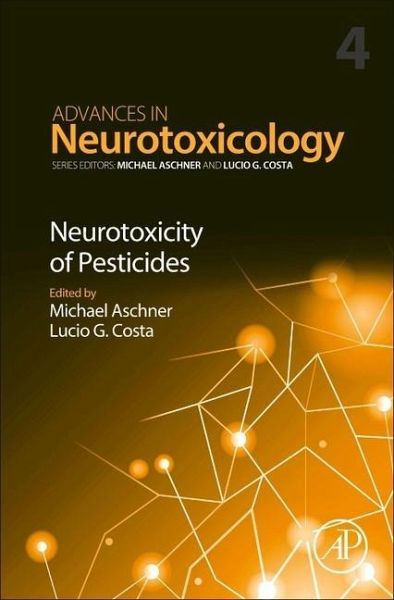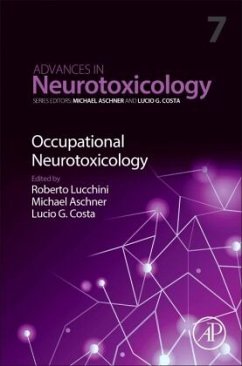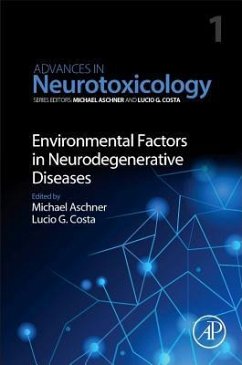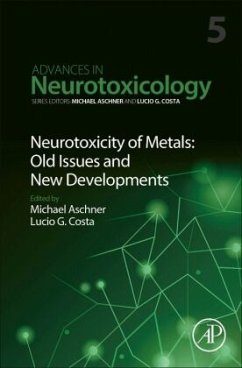
Neurotoxicity of Pesticides
Volume 4
Herausgegeben: Aschner, Michael; Costa, Lucio G.

PAYBACK Punkte
70 °P sammeln!
Neurotoxicity of Pesticides, Volume Four, in this comprehensive serial addresses contemporary advances in neurotoxicology of pesticides by providing authoritative review articles on key issues in the field. Edited by leading subject experts, topics of note in this new release include Organophosphates, OPs, Nerve agents, Pyrethroids, Neonicotinoids and Formamidines, among others.













